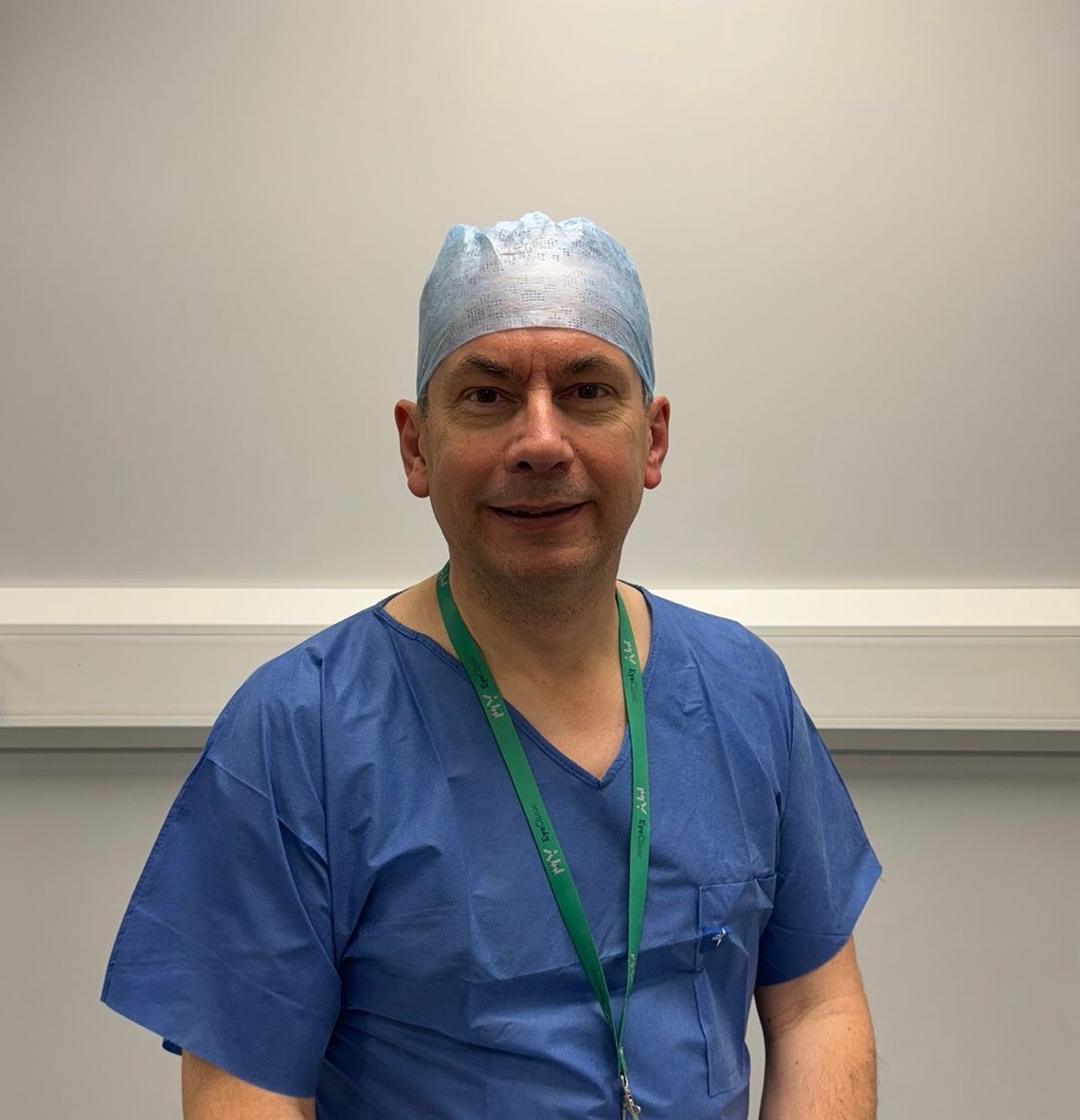Your questions about dry eye and blepharitis answered
Expert insights into symptoms, causes, and effective treatments
Dry eye is a common condition in the UK, affecting approximately 1 in 4 people over the age of 65. It is increasingly prevalent among individuals who spend prolonged hours using digital screens or working in air-conditioned environments.
Blepharitis, often associated with dry eye, is a leading cause of eyelid inflammation and discomfort. These conditions can impact people of all ages but are most common among older adults. Early diagnosis and management are essential to prevent symptoms from worsening and affecting daily life.
Dry eye symptoms can include:
- Eyes that tear up a lot
- Feeling like there’s grit in your eyes
- Itchy and burning eyes
- Blurry vision after some reading, TV-watching, or computer use
- Red eyes that may have some gooey discharge
This condition can feel uncomfortable, but with a proper understanding and medical care, managing dry eye becomes an achievable task.
Blepharitis is commonly caused by bacterial infections, clogged oil glands in the eyelids, or skin conditions like rosacea.
Both conditions can also stem from underlying medical issues, such as autoimmune diseases, or lifestyle factors like contact lens use or prolonged screen exposure. Identifying the root cause is essential for effective treatment.
Specialised tests measure tear production, assess tear film quality, and evaluate eyelid health.
A slit-lamp examination can help identify inflammation, clogged glands, or signs of infection.
Early diagnosis is key to managing symptoms effectively and preventing complications.
For blepharitis, warm compresses, eyelid scrubs, and BlephEx™ are common treatments.
Advanced therapy with intense pulsed light (IPL) is an FDA-approved treatment to improve meibomian gland function. This improves the tear film, reduces dry eye symptoms and reduces reliance on regular eye drops.
What are the main symptoms of dry eye and blepharitis?
Common symptoms include dryness, irritation, redness, blurry vision, and a gritty sensation in the eyes.
Can these conditions go away on their own?
While mild symptoms may improve temporarily, chronic dry eye and blepharitis typically require treatment to prevent complications.
How can lifestyle changes help manage these conditions?
Reducing screen time, using humidifiers, and maintaining proper eyelid hygiene can improve symptoms significantly.
Are there long-term risks if untreated?
Yes, untreated conditions can lead to corneal damage, chronic inflammation, or more severe vision issues over time.
Can I wear contact lenses with dry eye or blepharitis?
It depends on the severity. Specialised contact lenses, like scleral lenses, may help manage symptoms.
Gain visual relief in 3 simple steps
Navigating dry eye treatment options can feel overwhelming, but we’ve simplified the process to make it easy for you

Step 1: Get in touch
Not all eye treatments are right for everyone. The first step is to find out if dry eye treatment is the right solution for you and which option fits your needs. Call our friendly team at 0191 917 8887 or book an appointment.

Step 2: We'll meet
At your assessment, our specialists will create a personalised plan to treat your dry eye, using advanced treatments tailored to your specific needs and aimed at providing lasting relief.

Step 3: Enjoy freedom
After your treatment, experience lasting relief and healthier, more comfortable eyes. We’ll provide ongoing support and care to keep your eyes feeling their best for years to come.
Join thousands who’ve gained freedom from glasses and contacts
Discover how they ditched their dependence and see how you can, too
We have replaced the images of real patients who provided these testimonials to protect their privacy.

Hi, I’m Rob Boyce
After training as an engineer and research scientist, I pursued medicine at Nottingham University, followed by advanced ophthalmology training. With over 20 years as a Consultant Ophthalmologist specialising in Oculoplastic and Lacrimal Surgery, I’m committed to delivering the highest quality care at MY Eye Clinic, using cutting-edge techniques and patient-centred care.
Mr Rob Boyce
Founder and Owner of MY Eye Clinic








